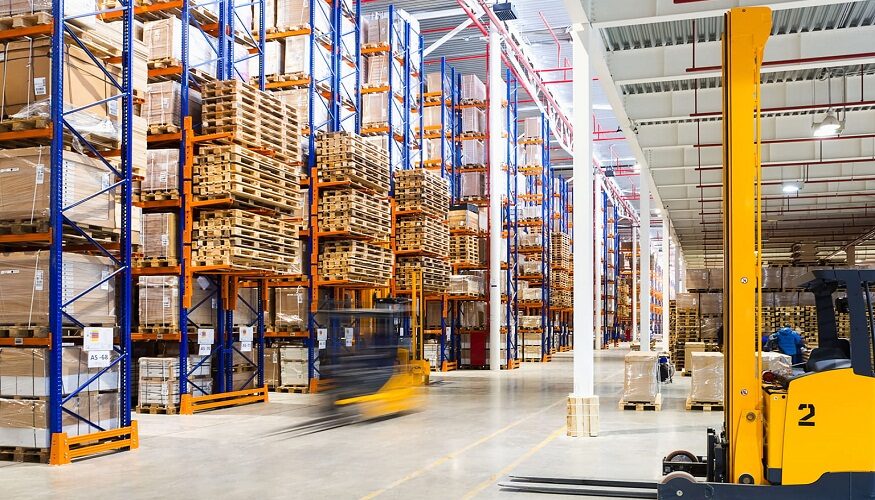In order for any business to truly strive in the current state of the e-commerce market, they must be able to excel within their warehousing and logistics efforts. Amidst the hustle and bustle of moving goods from manufacturer to consumer, warehouses find themselves at the epicenter of a complex and ever-evolving ecosystem. But behind the scenes lies a world of challenges that test the mettle of even the most seasoned warehouse managers.
In the interconnected web of the supply chain, warehouses must navigate a maze of complexities that span the globe. From sourcing raw materials and managing vendor relationships to coordinating transportation and distribution networks, the logistics of getting products from point A to point B is a delicate dance that requires precision, foresight, and strategic planning.
Yet, amidst the chaos of the supply chain, warehouses must also grapple with the specter of inventory loss and problematic stock. Whether it’s due to theft, damage, or inaccuracies in tracking systems, the financial implications of inventory discrepancies can be severe. To mitigate these risks, warehouses must implement robust inventory management practices, invest in state-of-the-art security systems, and leverage technology to track, trace, and monitor every item in their inventory.
In the face of these formidable challenges, success lies in the ability to think beyond the shelves and embrace a holistic approach to warehousing that encompasses people, processes, and technology. By addressing inefficiencies, mitigating risks, and fostering a culture of innovation, warehouses can navigate the complexities of modern commerce with confidence and emerge stronger, more resilient, and better equipped to meet the demands of tomorrow.
For more information detailing the challenges and solutions within product warehousing, check out the infographic highlighted alongside this post.

Top Challenges Of Product Warehousing, provided by PMI Kyoto Packaging Systems, a provider of product packaging machines

